Microsoft brings AI to academic institutions, forging a partnership with Torrens University
The generative AI also helped save more than 20,000 hours in tasks.
4 min. read
Published on
Read our disclosure page to find out how can you help Windows Report sustain the editorial team. Read more
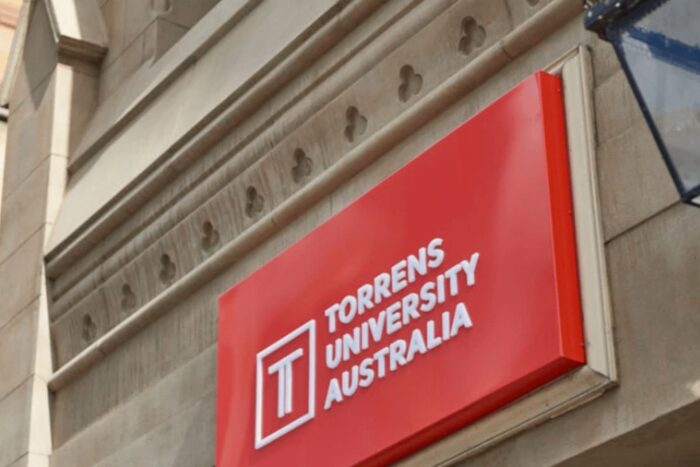
Picture a university that poses major inquiries and discovers creative responses. Torrens University in Australia is changing the online learning encounter with a touch of generative AI.
Using this method to analyze student discussions on its platform saved an incredible 20,000 hours and $2.4 million worth of resources. How, you ask? Let’s dive into their journey.
Torrens University aims to bring education within reach for everyone, everywhere. Eoghan Hogan, the university’s Director of Transformation, shared their vision about learning anytime and anywhere.
We are always driven by the question, ‘how can we really reach people in their own time and their own place’? We’ve always described our ethos as learning anytime, anywhere. This means delivering a consistent and convenient online learning experience for our students.
Eoghan Hogan, Torrens University
This idea inspired the development of MyLearn, a contemporary online platform that aims to provide learners with a consistent and convenient learning experience. The interesting twist is that Torrens University employed Microsoft Azure OpenAI to rework and unify its course curriculums. This prepared them for upcoming savings and enhanced agility in updating the curriculum.
Now, we discuss their initial experience with generative AI—it was more than just task automation. They applied this technology to improve the digital community for pupils. Torrens University selected Microsoft Azure OpenAI because it offers high-level features and strong security (as this tech would require access to their whole academic curriculum).
The project began with a 16-week exploration phase, during which input was collected from staff members and students. The team identified problems such as the necessity of mobile-friendliness and an identical user interface in all materials.
The school identified a few drawbacks in its Learning Management System (LMS), such as the absence of uniformity and old video players. The students expressed a desire for better navigation ease and more interaction with multimedia.
Torrens effectively handled these requirements by employing generative AI in an inventive manner. Assisted by Microsoft prompt engineers, they examined more than 1,200 courses and 60,000 web pages.
The objective was to rearrange content in a format that users find easy to use by concentrating on preferred layouts and making color schemes and templates uniform.
This process was not merely automation; it involved improvement in the student learning journey. The outcome? A notable time and cost saving. If they had chosen to do it manually, this work could have required almost 20,000 hours. But with the help of generative AI automation, it resulted in around A$2.4 million worth of savings.
The university accomplished 100% mobile responsiveness, which implies that students can access their course materials from any gadget they have. Furthermore, they combined MyLearn with Microsoft Teams, which results in a single unified platform for learning, communicating, and working together within groups.
Another achievement was boosting web content to meet the Web Content Accessibility Guidelines 2.0 AA rating and ensuring all learning materials were reachable.
This change shows the strength of generative AI in education. For Torrens University, it is about creating a stable and high-quality learning setting. They have more plans in motion.
The team is enthusiastic about delving into more generative AI applications to enhance student support systems and personalize content.
As Adam Pollington, the Education Director of Microsoft Australia and New Zealand, stated, this project illustrates how AI can be used to help educators and improve learning.
We’re excited about the opportunity AI brings to support educators and enhance the learning experience for students. And we’re proud to partner with institutions like Torrens University that are thinking responsibly and strategically about how to best leverage AI to promote learning outcomes.
Adam Pollington, Microsoft
It’s not the first time Microsoft has been keen on making its products and services available to the educational sector. Recently, the Redmond-based tech giant announced that Climpchamp, its native video editor (that also has AI capabilities), would be added to all A3 and A5 Microsoft 365 licenses.
You can read more about the partnership between Microsoft and Torrens University here.
So, what do you say? Is the future of education AI-powered?



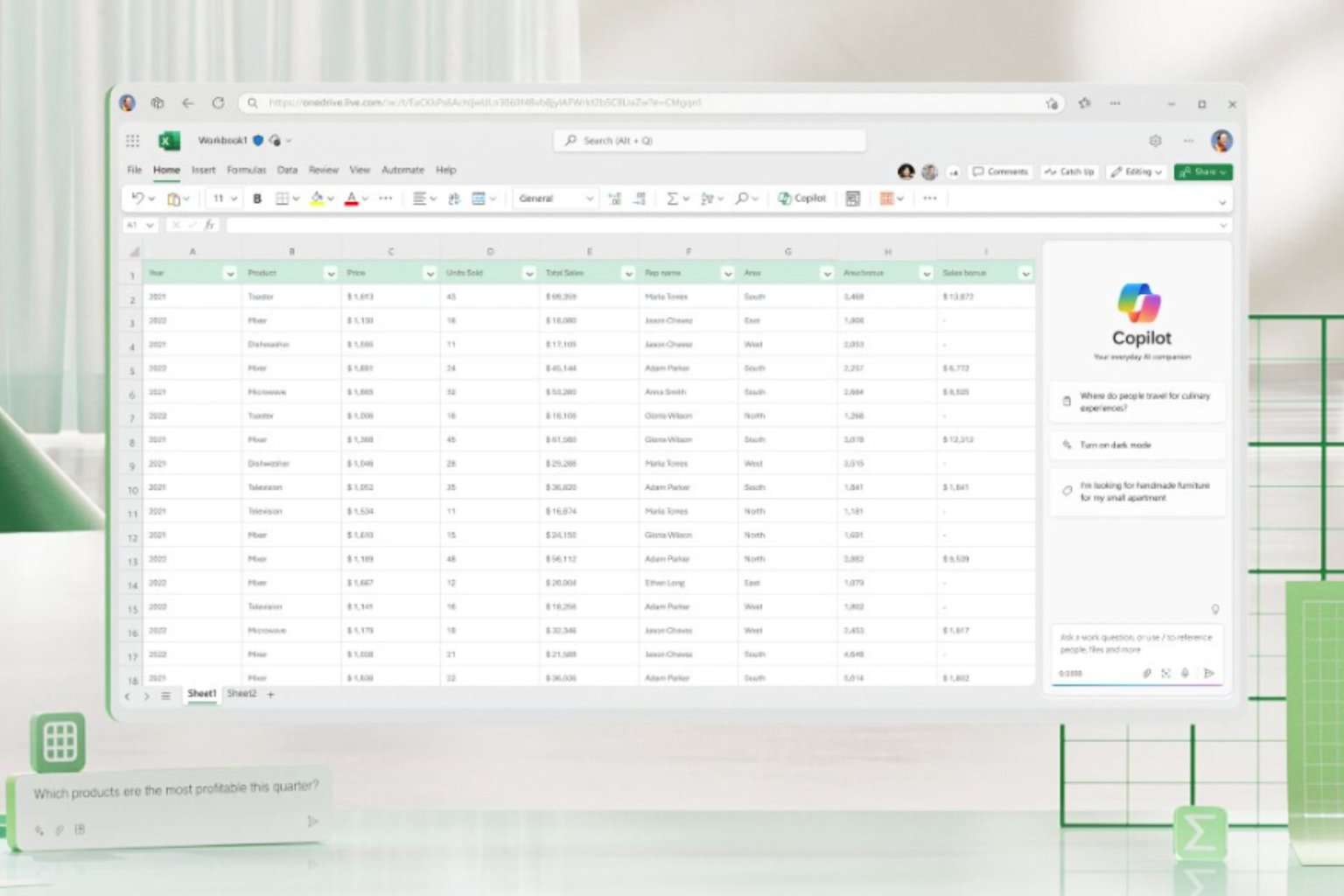
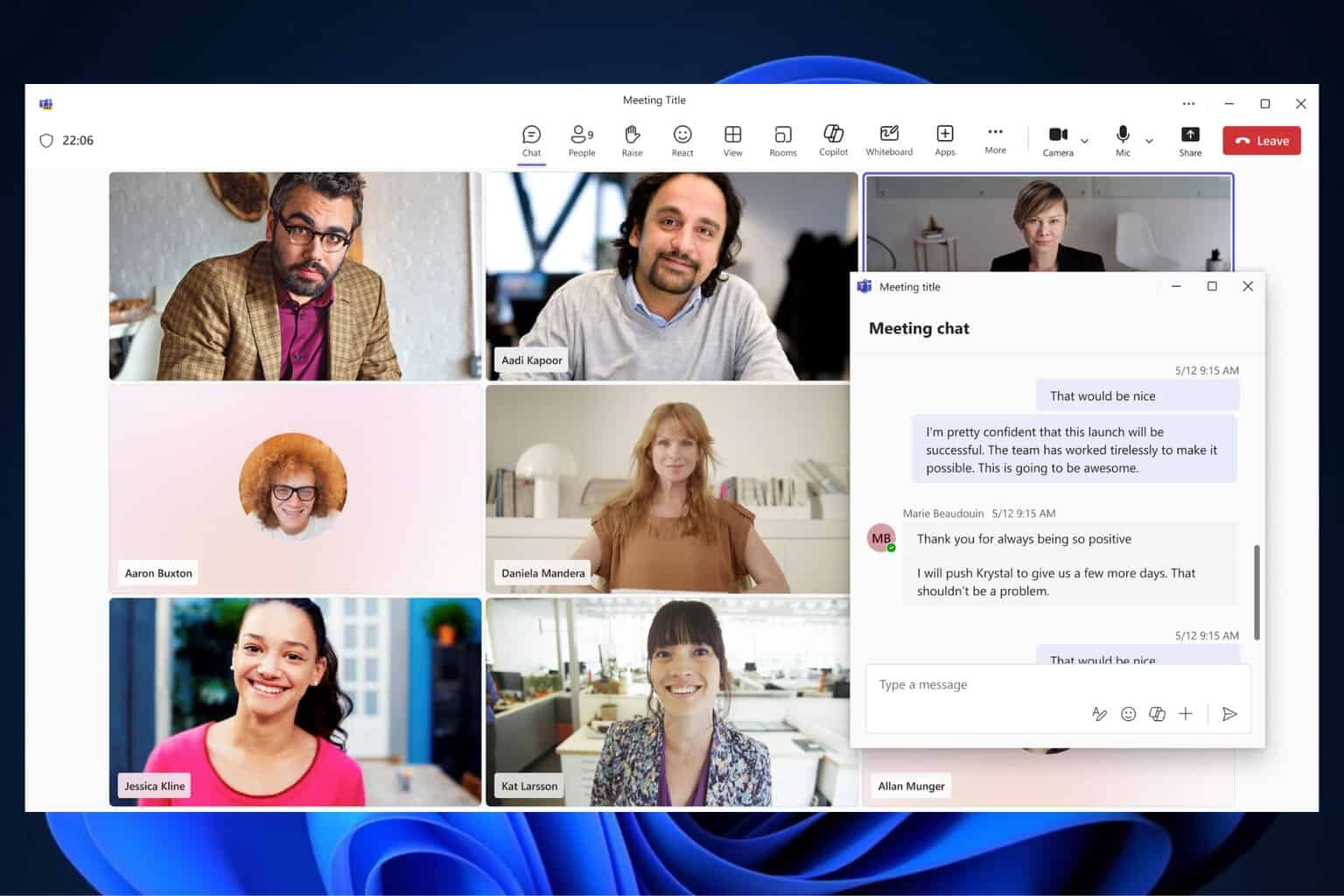
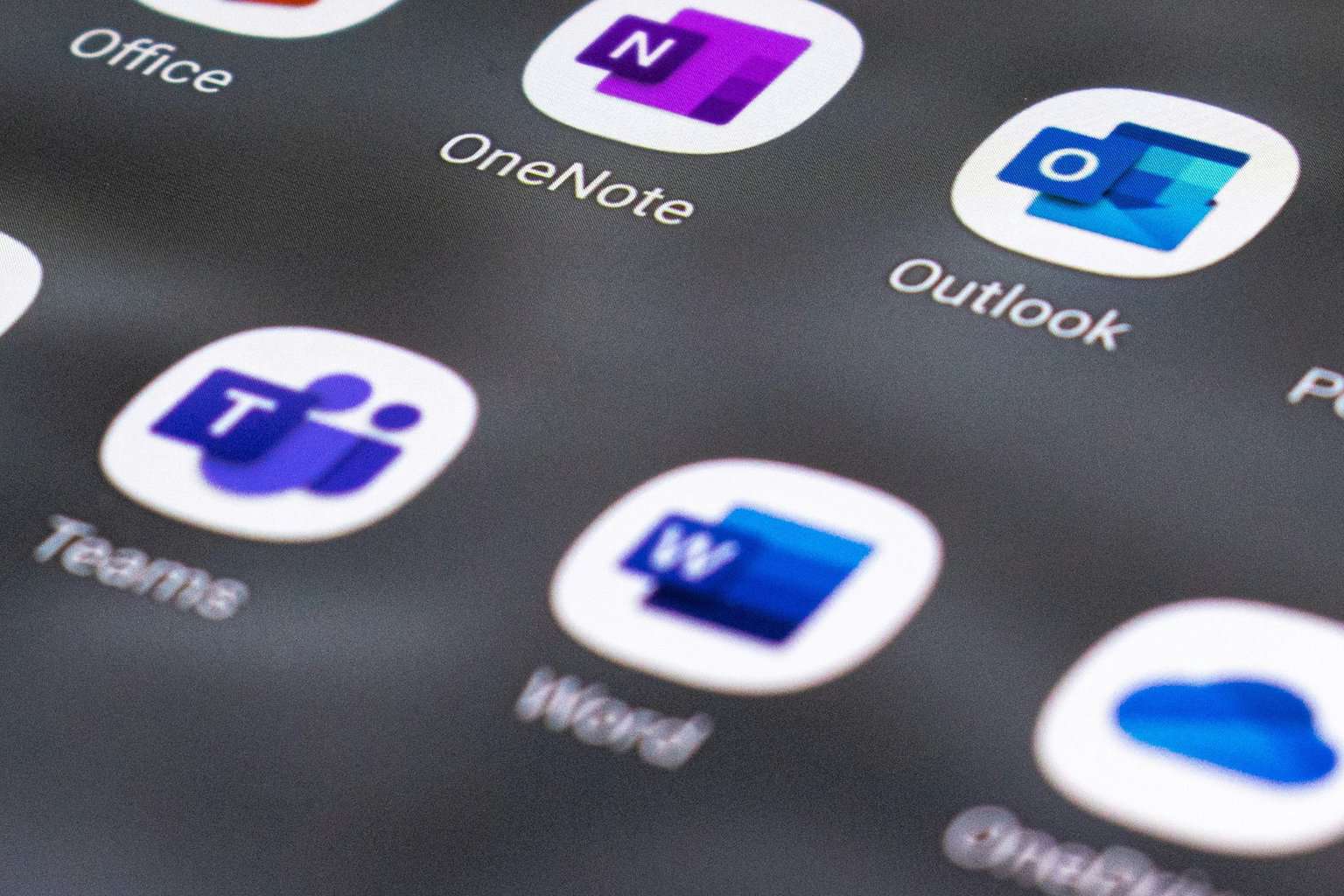

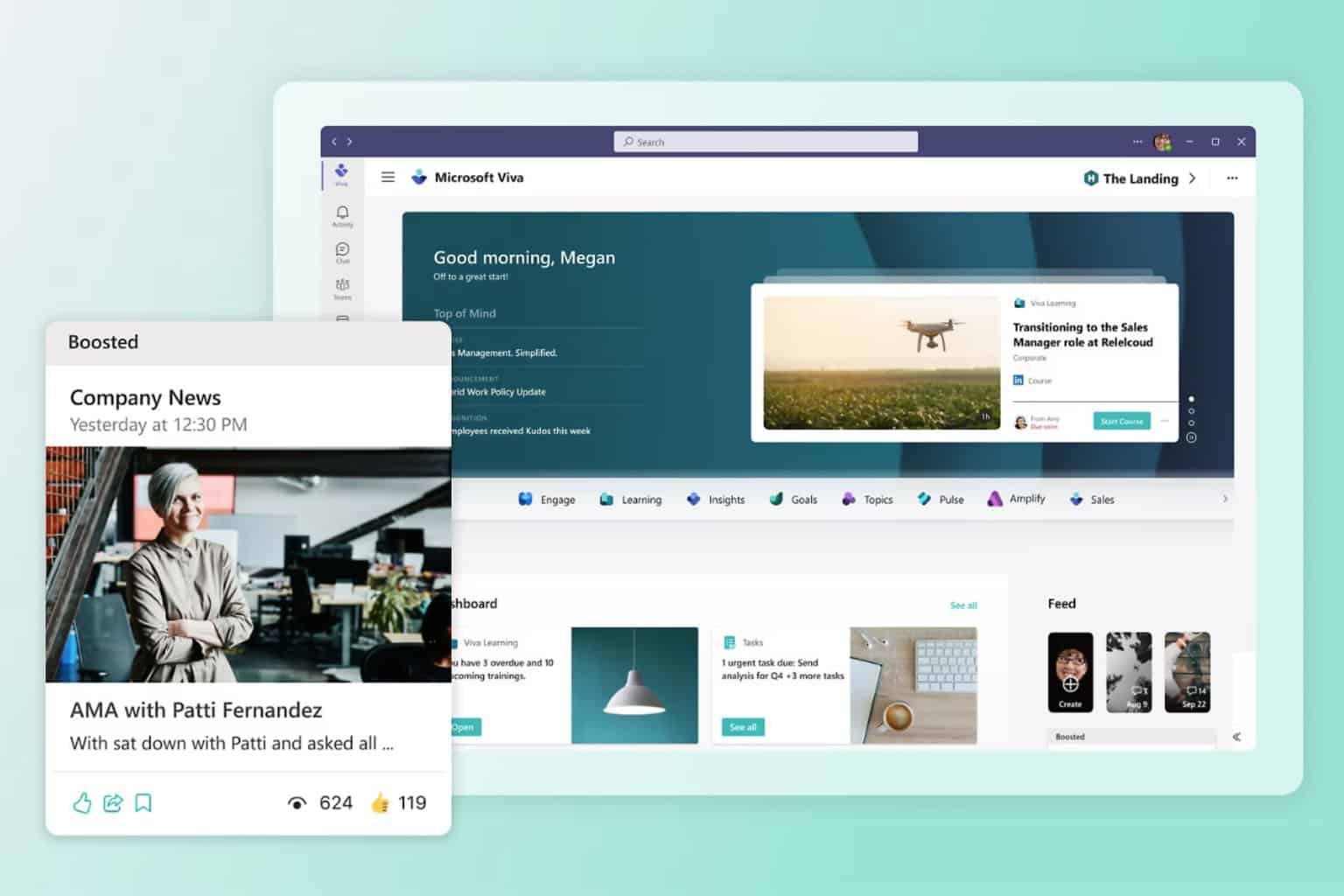
User forum
0 messages